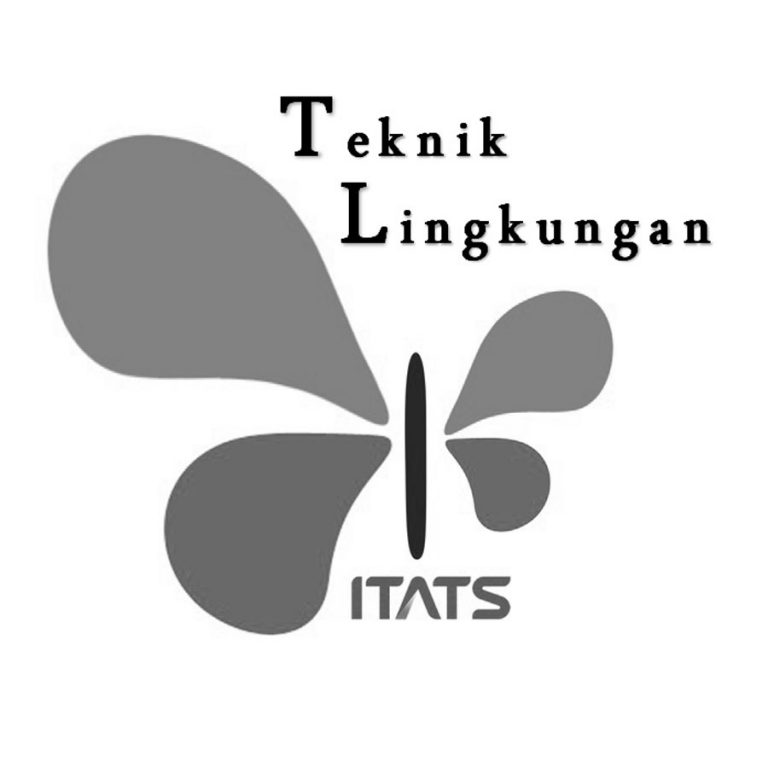Design Exploration of Bamboo Micro House using Hyperbolic Paraboloid Structure
Abstract
Full Text:
PDFReferences
A. N. Ramadhani, “KAMPUNG VERTIKAL SEBAGAI STRATEGI URBAN RENEWAL DI KAMPUNG LUMUMBA, SURABAYA,” NALARs, vol. 20, no. 2, p. 109, Jul. 2021, doi: 10.24853/nalars.20.2.109-118.
P. U. Putri and E. Prianto, “Kajian Prinsip Compact House Design pada Rumah ber-Arsitektur Konvensional di Semarang,” Jurnal Penelitian dan Pengabdian Kepada Masyarakat UNSIQ, vol. 3, no. 3, Art. no. 3, Sep. 2016, doi: 10.32699/ppkm.v3i3.349.
M. N. M. Iqbal and B. T. Ujianto, “PRINSIP DESAIN ARSITEKTUR RUMAH TUMBUH DAN MIKRO: STUDI KARYA ARSITEK YU SING,” RADIAL : Jurnal Peradaban Sains, Rekayasa dan Teknologi, vol. 9, no. 2, Art. no. 2, Dec. 2021, doi: 10.37971/radial.v9i2.240.
E. Keable, “Building on the Tiny House Movement: A Viable Solution to Meet Affordable Housing Needs,” The University of St. Thomas Journal of Law & Public Policy, vol. 11, no. 2, 2017.
Heater Evans Consulting, Project Report: Research Study Exploring Best Practices and Lessons Learned with Small Market Units. Real Estate Institute of British Columbia: Brenda Southam, 2015.
D. Alfirevic and S. Simonovic-Alfirevic, “Open-plan in housing architecture: Origin, development and design approaches for spatial integration,” Arhitektura i urbanizam, no. 43, pp. 45–60, 2016, doi: 10.5937/au0-11551.
Annisa Nur Ramadhani and Institut Teknologi Sepuluh Nopember Surabaya, “Social Dimension of Sustainable Housing Evaluation of Flats in Surabaya and Semarang,” IJERT, vol. V7, no. 10, p. IJERTV7IS100006, Oct. 2018, doi: 10.17577/IJERTV7IS100006.
Nareswarananindya, S. H. Laksono, A. N. Ramadhani, A. Budianto, I. Komara, and A. I. D. Syafiarti, “The design concept of bamboo in micro housing as a sustainable self-building material,” IOP Conference Series: Materials Science and Engineering, vol. 1010, no. 1, pp. 0–9, 2021, doi: 10.1088/1757-899X/1010/1/012026.
Nareswarananindya, “EKSPLORASI MATERIAL GLULAM PADA PERANCANGAN SHELTER MENGGUNAKAN SALURAN KREATIVITAS : MATERIAL EXPLORATION OF GLULAM IN SHELTER DESIGN USING CHANNEL OF CREATIVITY : FOCUS ON MATERIAL keseluruhan daur hidup ( life cycle ) bangunan , mulai dari desain , kon,” Jurusan Arsitektur, Institut Teknologi Adhi Tama Surabaya, vol. 1, no. 2, pp. 83–95, 2019.
H. I. Syaifudin, N. Nareswarananindya, and S. Azizah, “EKSPLORASI MATERIAL BAMBU SEBAGAI MATERIAL YANG EKOLOGIS PADA PERANCANGAN BANGUNAN PEMBIBITAN TANAMAN,” Katalog Buku Karya Dosen ITATS, no. 0, Art. no. 0, Oct. 2021.
K. Chaowana, S. Wisadsatorn, and P. Chaowana, “Bamboo as a Sustainable Building Material—Culm Characteristics and Properties,” Sustainability, vol. 13, no. 13, p. 7376, Jul. 2021, doi: 10.3390/su13137376.
S. Zuraida and D. Larasati, “The Assessment of Marginal Prevention Costs on Bamboo Preservation Method,” Procedia Environmental Sciences, vol. 28, pp. 789–798, Jan. 2015, doi: 10.1016/j.proenv.2015.07.093.
H. Wang, W. Jia, Y. Liu, and X. Su, “Physical and Mechanical Properties of Bamboo Scrimber,” HJCE, vol. 09, no. 08, pp. 755–768, 2020, doi: 10.12677/HJCE.2020.98080.
A. Muhsin, L. M. Febriany, H. N. Hidayati, and Y. D. Purwanti, “Material Bambu sebagai Konstruksi pada Great Hall Eco Campus Outward Bound Indonesia,” REKA KARSA, vol. 3, no. 3, Art. no. 3, Mar. 2015, doi: 10.26760/rekakarsa.v3i3.719.
D. PFLAUMER and E. Kelly, “TINY HOUSE HANDBOOK,” BALL STATE UNIVERSITY, MUNCIE, INDIANA, 2015.
F. Siahaan, “FENOMENA TINY HOUSE SEBAGAI ALTERNATIF HUNIAN YANG TERJANGKAU DI AMERIKA,” SCALE, vol. 4, no. 2, Art. no. 2, Feb. 2017.
A. C. Antoniades, Poetics of architecture: theory of design. New York: Van Nostrand Reinhold, 1990.
N. Nareswarananindya, “Eksplorasi Material Glulam pada Perancangan Shelter menggunakan Saluran Kreativitas Focus on Material,” BORDER, vol. 1, no. 2, Art. no. 2, Nov. 2019, doi: 10.33005/border.v1i2.27.
A. C. Antoniades, Poetics of architecture : theory of design. Van Nostrand Reinhold, 1990.
D. L. Schodek, Structures. Englewood Cliffs, N.J. : Prentice-Hall, 1980.
D. P. Duerk, Architectural programming: information Management for design. New York: J. Wiley, 1993.
J. K. Kibwage, O. B. Frith, and S. K. Paudel, “Bamboo as a building material for meeting East Africa’s housing needs : a value chain case study from Ethiopia,” International Network for Bamboo and Rattan (INBAR), Beijing, CN, 2011.
DOI: https://doi.org/10.31284/j.jcepd.2022.v1i1.3057
Refbacks
- There are currently no refbacks.
Journal of Civil Engineering, Planning and Design by FTSP-ITATS .
Based on a work at https://ejurnal.itats.ac.id/jcepd.

.png)

.png)








